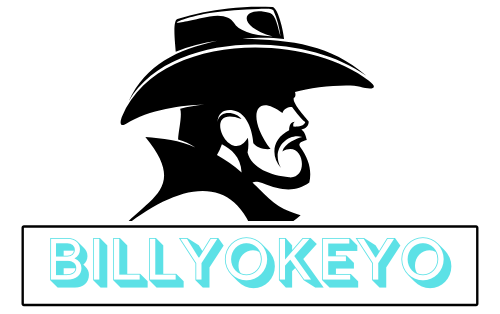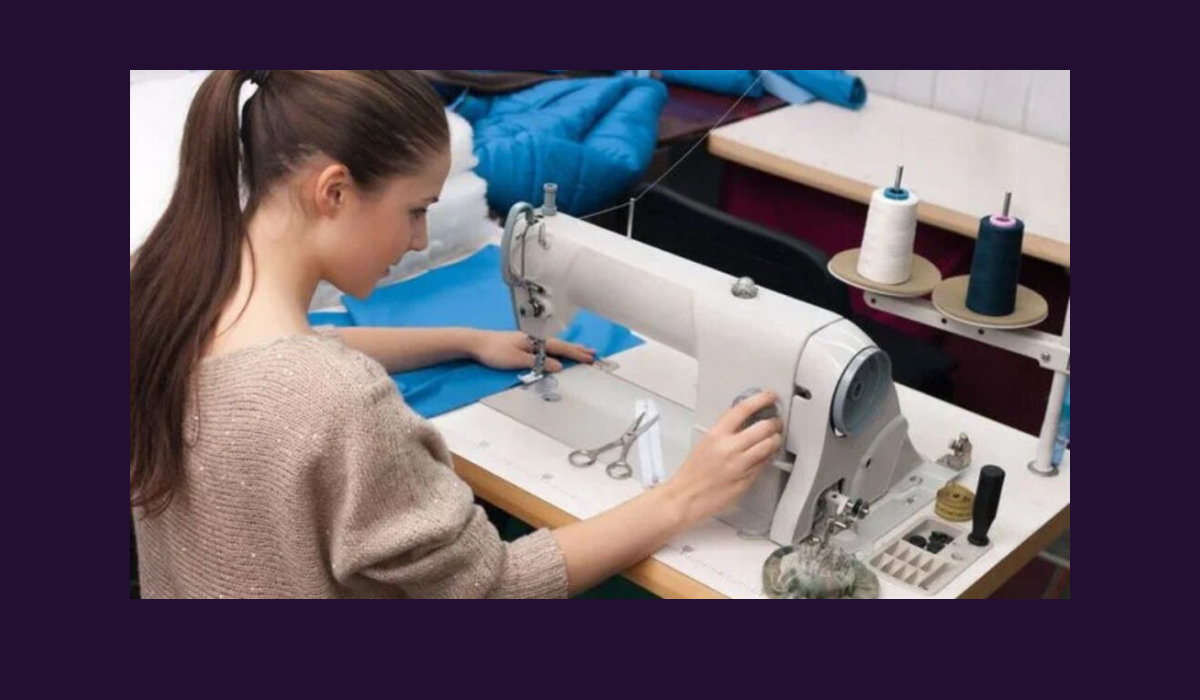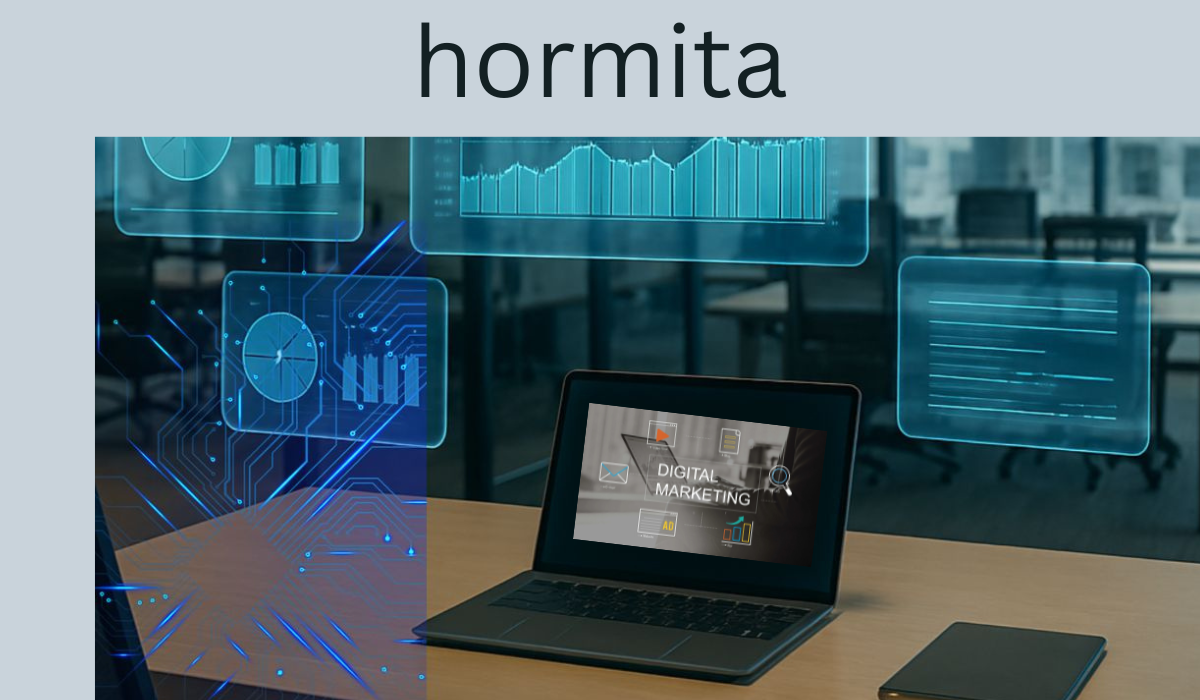📘 Introduction
Seams are the backbone of every garment, upholstery item, or technical textile. Whether you’re a fashion designer, home sewer, or industrial manufacturer, understanding nahttypen—or types of seams—is crucial for durability, function, and appearance.
This in-depth guide will walk you through the various seam types, their purposes, strengths, and where they’re most commonly used. From simple straight seams to highly specialized reinforced ones, get ready to elevate your textile knowledge.
🧵 What Are Nahttypen?
“Nahttypen” is a German term that directly translates to “types of seams.” In the world of textile and garment production, seams are the joints where two or more layers of fabric are sewn together. They not only hold a piece together but also contribute to its form, functionality, and aesthetic.
🧠 Why Understanding Seam Types Matters
Choosing the wrong seam type can lead to:
-
Weak garment structure
-
Unraveling or tearing
-
Poor fit and finish
-
Customer dissatisfaction in industrial applications
On the other hand, the right nahttypen ensures:
-
Enhanced durability
-
Optimal flexibility and stretch
-
Professional appearance
-
Functionality under stress
🧰 Basic Seam Terminology You Should Know
Before we dive into the types, let’s cover some basic terms:
-
Seam allowance: Extra fabric between the seam line and the raw edge.
-
Flat-felled seam: A durable seam with enclosed edges, often used in jeans.
-
Overlock seam: A seam finished with a serger to prevent fraying.
🔍 Classification of Nahttypen (Types of Seams)
1. Plain Seam (Geradstichnaht)
Description:
The most basic and commonly used seam in all types of clothing. Two fabrics are placed right sides together and stitched.
Use:
-
Everyday garments
-
Linens and home decor
-
Basic sewing patterns
2. French Seam (Französische Naht)
Description:
A seam that hides raw edges within a second seam, giving a neat finish inside and out.
Use:
-
Sheer fabrics
-
Lingerie
-
Children’s clothing
3. Flat-Felled Seam (Kappnaht)
Description:
A strong and durable seam where raw edges are folded and stitched flat.
Use:
-
Denim jeans
-
Workwear
-
Shirts
4. Overlock Seam (Overlocknaht)
Description:
Also known as serged seam, it trims and finishes the edge in one go using a serger.
Use:
-
Knit fabrics
-
Stretchwear
-
Undergarments
5. Double-Stitched Seam (Doppelte Steppnaht)
Description:
Two parallel rows of stitching for extra strength.
Use:
-
Sportswear
-
Heavy-duty garments
-
Outdoor gear
6. Bound Seam (Eingefasste Naht)
Description:
Seam edges are bound with bias tape or another fabric strip.
Use:
-
Bags and purses
-
Lined jackets
-
Industrial textiles
7. Lapped Seam (Überlappungsnaht)
Description:
One fabric edge overlaps another and is stitched on top.
Use:
-
Leather goods
-
Non-woven materials
-
Raincoats
8. Welt Seam (Paspelnaht)
Description:
An aesthetic seam with a raised ridge, often decorative.
Use:
-
Trousers
-
Suits
-
Upholstery
🧪 Specialty Seam Types in Industrial Applications
9. Seam Welding (Nahtschweißen)
Used in non-textile fields, especially with plastics or metals. Instead of thread, heat or ultrasonic energy is used.
10. Seam Sealing (Nahtabdichtung)
Not a seam type per se, but a technique used to waterproof stitched seams in outdoor gear.
11. Stretch Seams (Dehnbare Nähte)
Crafted specifically to stretch with the fabric—using zigzag or cover stitches.
🧵 Choosing the Right Seam for the Job
When selecting a nahttyp, consider the following:
-
Fabric Type: Delicate, stretch, heavyweight?
-
Use Case: Everyday wear, industrial stress, aesthetics?
-
Machine Capabilities: Do you have a serger or only a straight-stitch machine?
🧶 Tools and Machines Needed for Professional Seaming
-
Sewing Machine – For basic straight and zigzag seams
-
Serger (Overlock Machine) – For clean edges on stretch fabrics
-
Coverstitch Machine – For hemming and stretch seams
-
Industrial Seam Welding Machines – For plastic and technical textiles
🧰 Seam Strength: Which Nahttypen Hold Up Best?
| Seam Type | Strength | Flexibility | Appearance | Best Use |
|---|---|---|---|---|
| Plain Seam | Moderate | Low | Good | Basic clothing |
| Flat-Felled Seam | High | Low | Excellent | Jeans, uniforms |
| Overlock Seam | Moderate | High | Fair | Activewear |
| French Seam | Low | Low | Excellent | Delicate fabrics |
| Bound Seam | High | Low | Stylish | Accessories |
🧵 Common Mistakes When Using Seams
-
Choosing an inflexible seam for stretch fabric
-
Using weak thread for heavy-duty seams
-
Not finishing raw edges (leads to fraying)
-
Ignoring seam allowances in pattern cutting
🧵 Innovations in Seam Technology
Modern developments are changing the way we look at seams:
-
Laser bonding in sportswear eliminates thread altogether
-
Smart threads that monitor movement or body temperature
-
Eco-friendly seam tapes replacing petroleum-based adhesives
🧵 Sustainability and Seam Choices
Sustainability matters—even in seams:
-
Opt for organic cotton threads
-
Use recyclable bias bindings
-
Consider minimal seam designs to reduce fabric waste
🧵 Teaching Nahttypen: A Guide for Educators
If you’re a fashion or textile educator:
-
Use fabric swatches to show each seam type
-
Encourage students to create a seam sample book
-
Demonstrate how seam choice affects fit and durability
✅ Conclusion
Understanding nahttypen is more than just knowing how to sew a straight line. It’s about fabric behavior, garment structure, aesthetics, and longevity. Whether you’re a beginner sewing your first tote bag or a manufacturer producing high-performance gear, the right seam choice makes all the difference.
So next time you pick up your fabric and thread, ask yourself:
What type of seam does this deserve?
❓ FAQs
1. What is the strongest type of seam?
The flat-felled seam is considered one of the strongest and most durable, often used in jeans and workwear.
2. Can I sew all seam types with a regular sewing machine?
Most basic seams can be done with a standard machine, but for overlock seams or coverstitching, a serger or specialized machine is required.
3. What seam is best for stretchy fabric?
Overlock or zigzag seams are ideal for stretch fabrics, offering flexibility and preventing breakage.
4. Are decorative seams functional too?
Yes! Decorative seams like welt or bound seams can also add structural support while enhancing visual appeal.
5. How do I stop seams from fraying?
Use pinking shears, zigzag stitches, or sergers to finish raw edges and prevent fraying.
You May Also Like:





